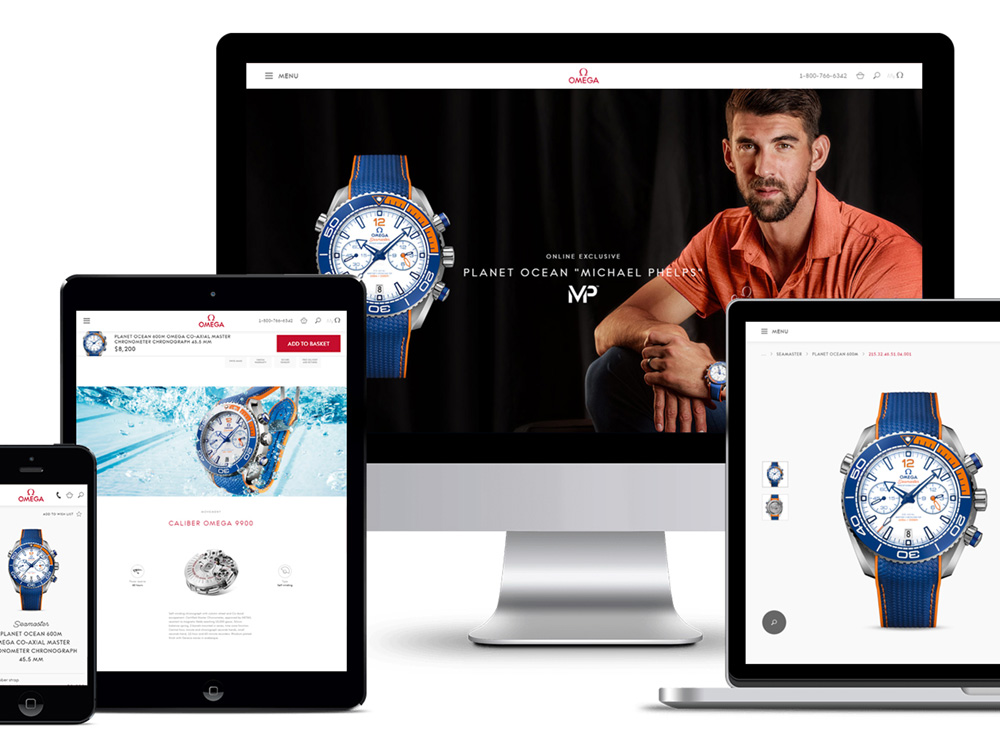
Most Swiss luxury watch brands have been slow to adapt to the modern digital world, but as an influential mainstream brand, Omega now announcing online direct-to-consumer sales through its website is a signal of movement in the right direction. For now, the brand’s e-commerce is aimed at the United States only, but Omega says that “more countries will follow in the near future” – and we can expect that more brands across the industry will continue to fall in line as well.
Until now, one needed to visit an Omega boutique to buy directly from the brand – and many readers are surely familiar with the process and concept, though they are surely also familiar with other ways of buying watches. Omega’s announcement frames the reason for offering online shopping as the ability to reach more customers that might not live near a boutique. The pressure of the gray market, of course, is not specifically mentioned, but Omega CEO Raynald Aeschlimann says that they “recognise that e-commerce is growing rapidly in the luxury sector and many of today’s consumers use it as their primary way to shop.” It’s good that they recognize that.
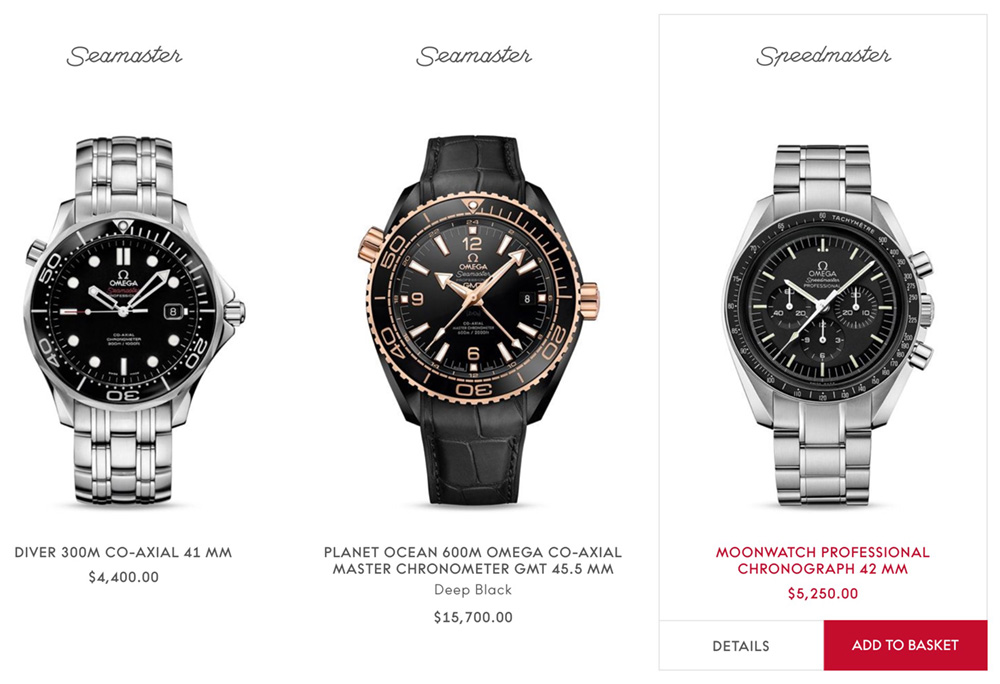
Brands have been experimenting with the world of e-commerce in different ways such as limited editions for sale online only – like this Panerai Luminor Submersible Automatic Acciaio PAM731 “E-Commerce Micro-Edition,” for example. Chairman of the luxury brand holding group Richemont (that owns Panerai) Johann Rupert recently also hinted at further such action in the near future with statement that, going forward, “a prime area of focus will be matching supply with end customer demand.”
E-commerce is difficult for established luxury watch brands not because they are stubbornly stuck in some past century when clockwork was cutting-edge technology, but because they are heavily invested – financially, and in terms of their carefully curated images – in a sales and distribution system that is being undercut by third-party online sales. The gradual move toward e-commerce as well as lowering prices can be seen as a response to a couple of years of falling profits, but they are measures we have long argued for on aBlogtoWatch.
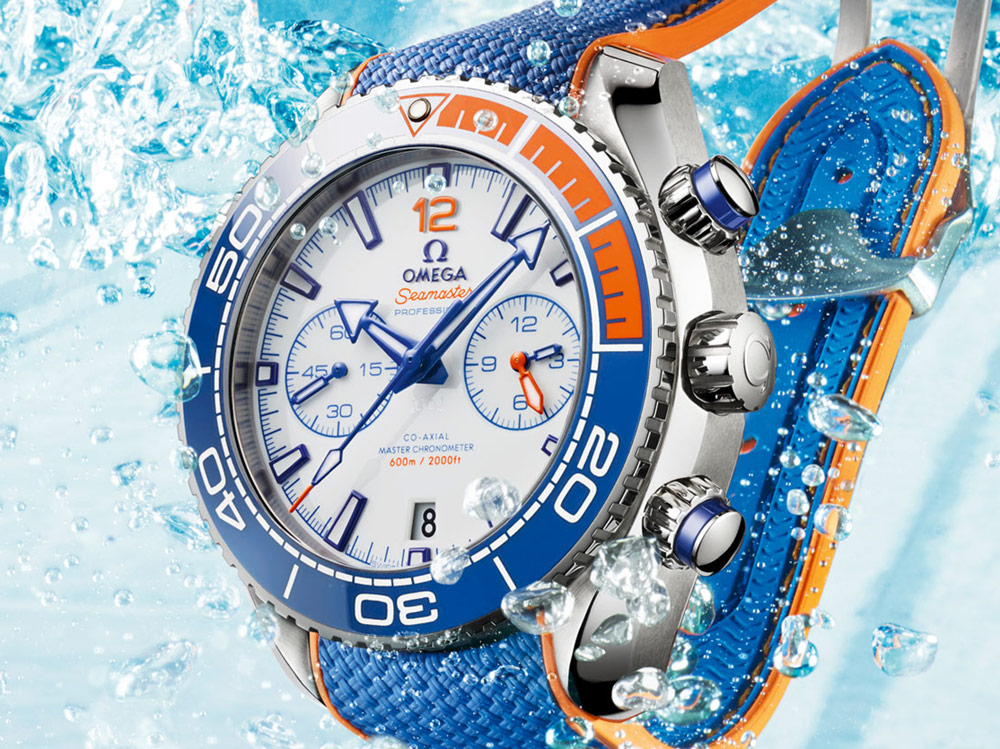
Omega’s new e-commerce is not some separate website or even section, and rather the brand’s US site (omegawatches.com/en-us/) will now have “Add To Basket” buttons and the ability to proceed to checkout… the common online shopping experience we have come to know and love, with free shipping, familiar forms of payment, etc. The Omega Seamaster Planet Ocean “Michael Phelps” Limited Edition watch for the American athlete is being offered exclusively online as part of promoting the announcement. If you’re outside of the United States, you will see the disclaimer: “Please note that delivery is restricted to USA addresses only. To purchase an OMEGA watch outside of the USA, please find your nearest boutique using our store locator.”
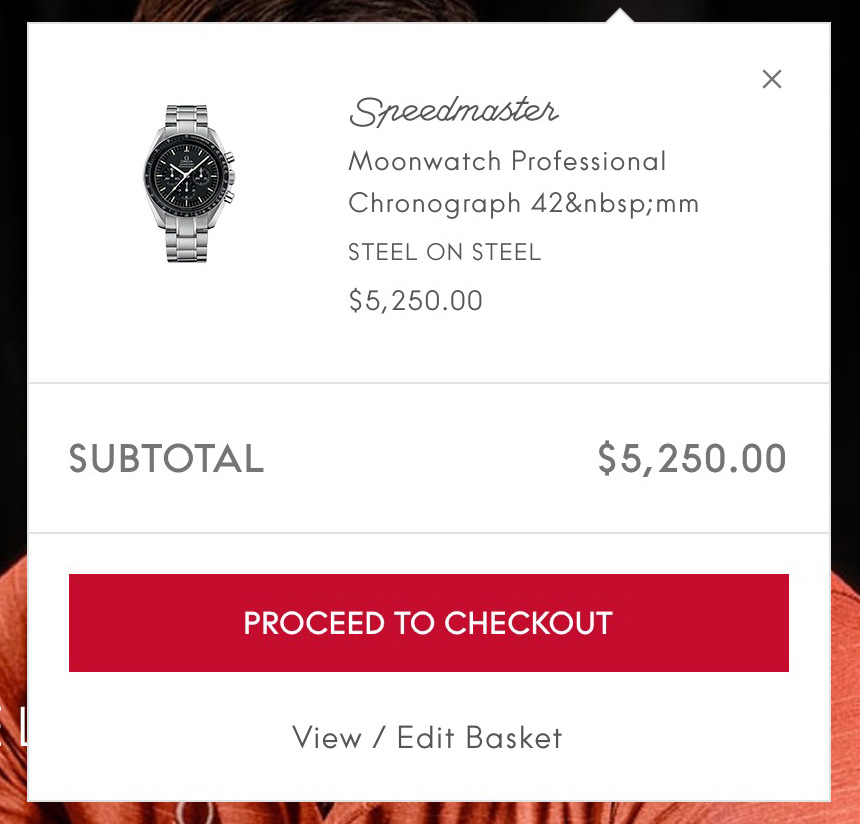
As someone who has been closely watching the business activities of Omega for the last few years, their move into e-commerce (limited to the USA for now, or otherwise) does not surprise me. Omega might not be first to the game, but they correctly realized that a more controlled distribution for watches is among the key things the luxury watch industry needs in order to return economic stability.
Will e-commerce replace the in-store retail experience? Not entirely, but the direct-to-consumer model will dominate. High-quality retailer partners will always have a place in the watch sales channel, especially when it comes to reaching enthusiast consumers that represent a lot of the aBlogtoWatch audience. Having said that, I think that only 20% of wrist watch sales activity in the future will come from specialist multi-brand watch retailers. With the remainder being sold directly from the brand to the consumer. If brands want to protect the consumer experience (as they should), such a move to focus on e-commerce should curb price increases for the foreseeable future while at the same time preventing excess inventory from flowing into the market and creating a culture of excessive discounting which severely damages consumer confidence.
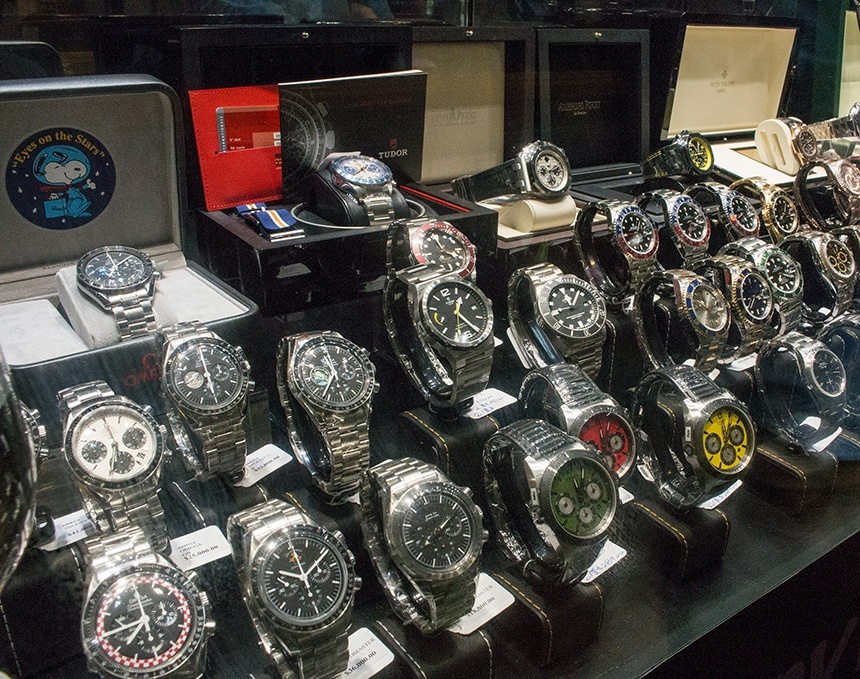
E-commerce transactions offered direct from the brand will likely need to include special incentives to the consumer before there is rapid adoption. For the time being, most consumers who buy watches online are trained to look for a discount – and for the most part, those won’t be available when buying direct from the brand. It could take years – and a concerted effort by the top brands to reduce available watches on the market and preventing them from being priced too low – for consumers to feel comfortable buying a luxury watch at retail value. Thus, brands like Omega will need to do a bit more than offer their watches for sale online in order to change any watch purchase preference practices which motivate consumers to act in today’s market.
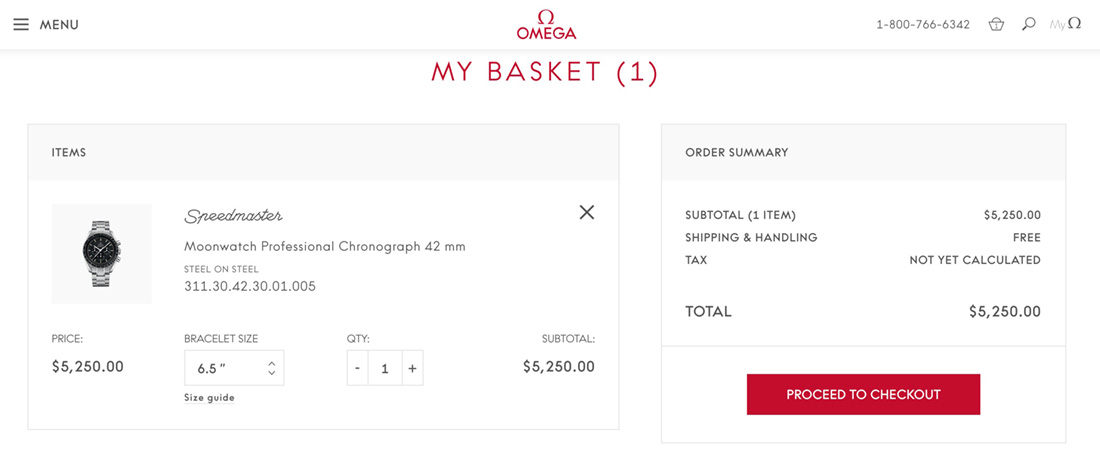
With that said, Swiss watch brands like Omega are clearly in it for the long run. It is my opinion that they aren’t expecting an overnight success with their e-commerce store, and further know that activity there will (for the time being) be mostly limited to products which can only be purchased exclusively from Omega. The practice of offering products direct to consumer and not via traditional third-party retailers inevitably irritates third-party retailer partners. This is among the many necessary points of pain that players in the watch industry will need to endure as the market moves to mend itself.
What the future’s remaining third-party retailers who carry products such as Omega watches will have to their advantage is the ability to offer discounts (albeit increasingly modest discounts) to their clients. Thus, if an Omega watch is available exclusively at the full retail price when purchased from Omega directly, a consumer with a good relationship with a third-party retailer could hope to get 10% off. Though I think discounts much bigger than that will be increasingly rare starting in few short years if brands continue to discipline themselves when it comes to margin numbers.
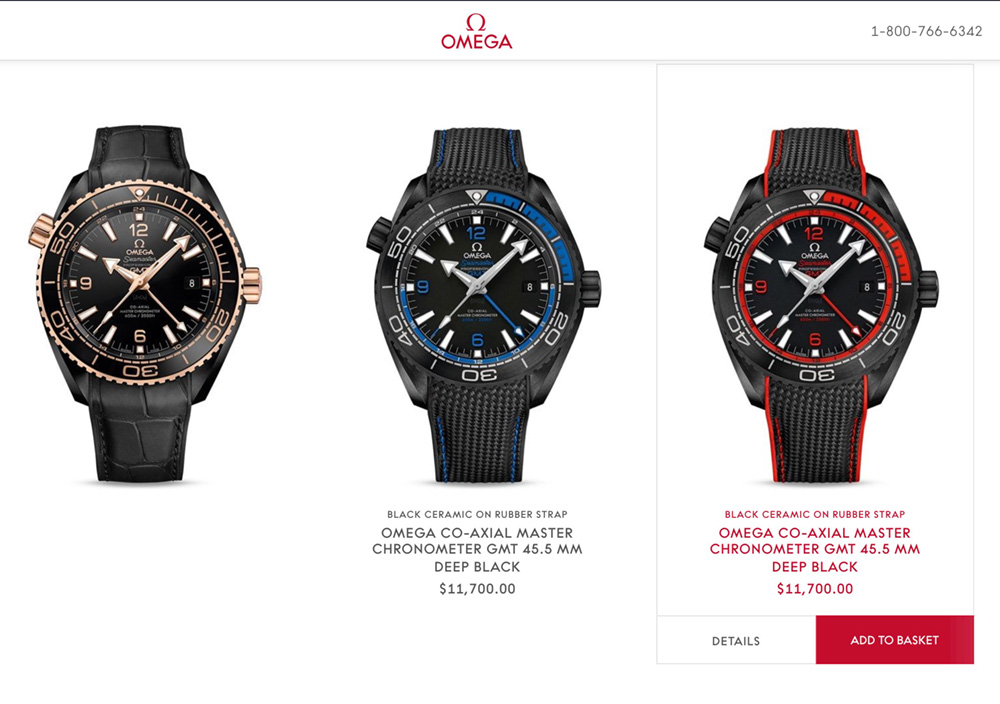
Consumers are currently experiencing a transitional period when the watch industry might do what appears to be a lot of uncoordinated and sometimes inexplicable things. It is a time of experimentation and setting policies. Brands like Omega know that they need to engage in e-commerce, even if they do not yet know what to expect from it. In setting up the system it is necessary to experimenting with it. I advise consumers to not assume any particular move by the luxury watch industry is indicative of what the future will look like, and to ideally enjoy the process as it should (hopefully) lead to a lot of creative solutions to issues of marketing and distribution, as well as product design and pricing. omegawatches.com
